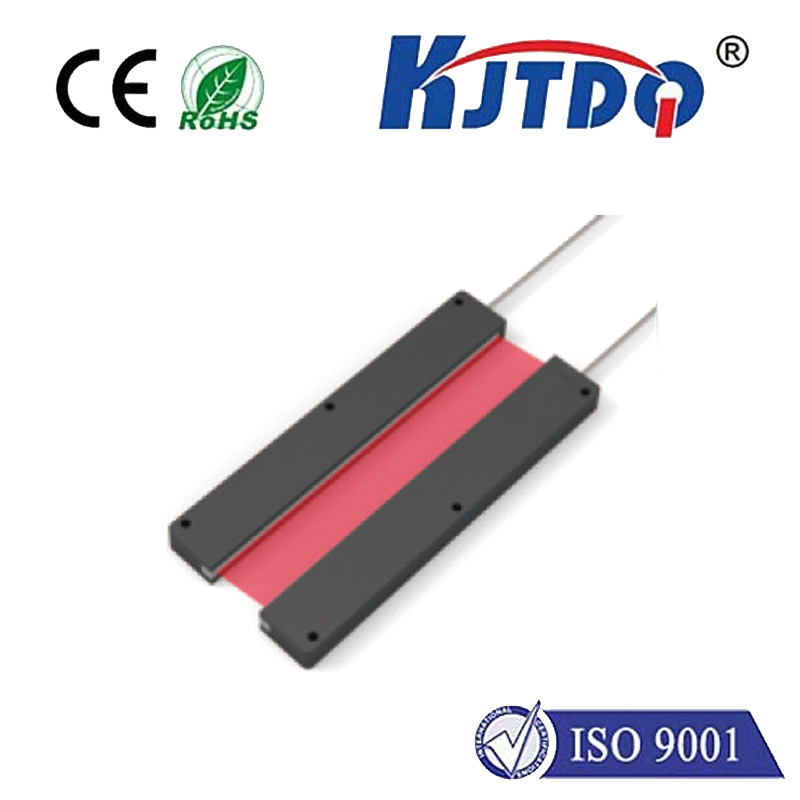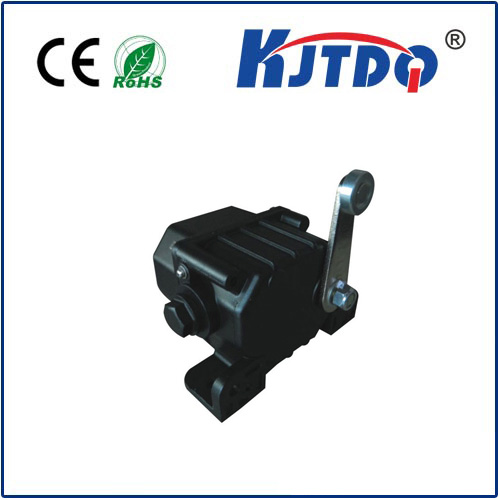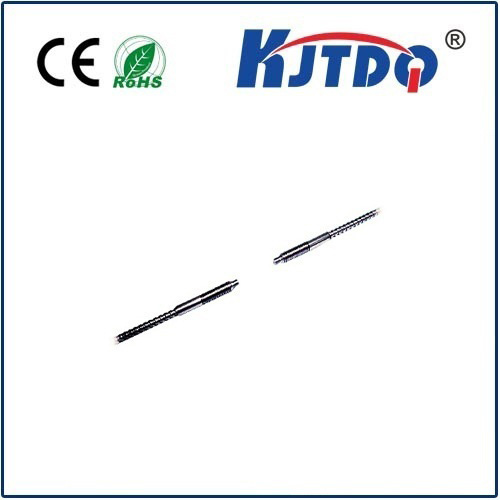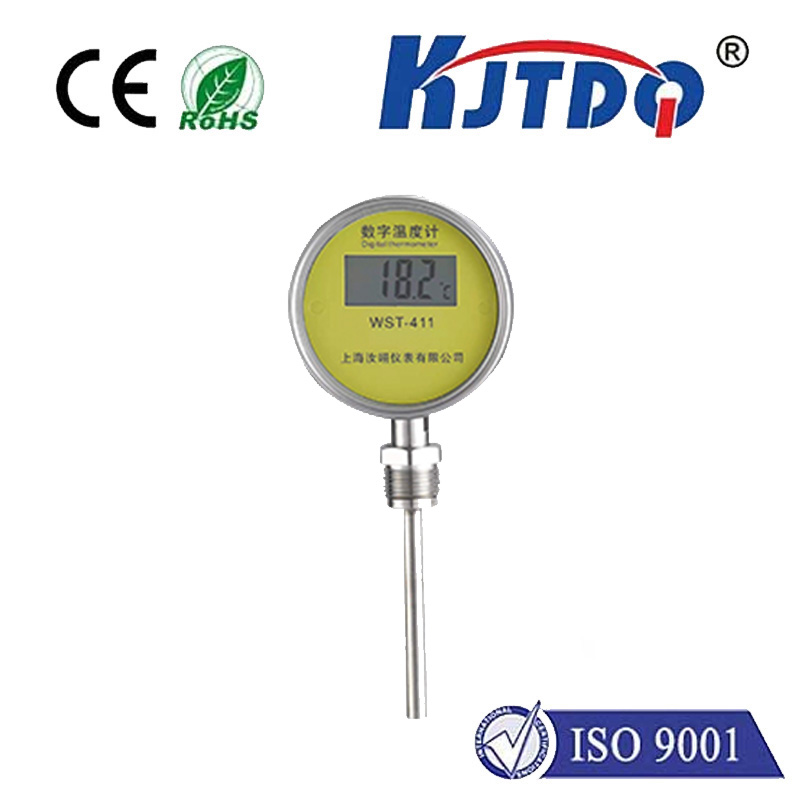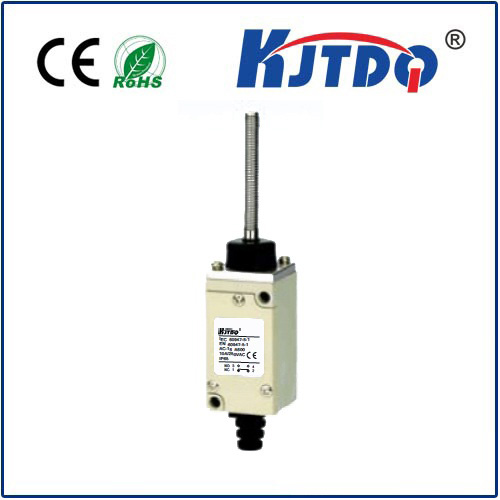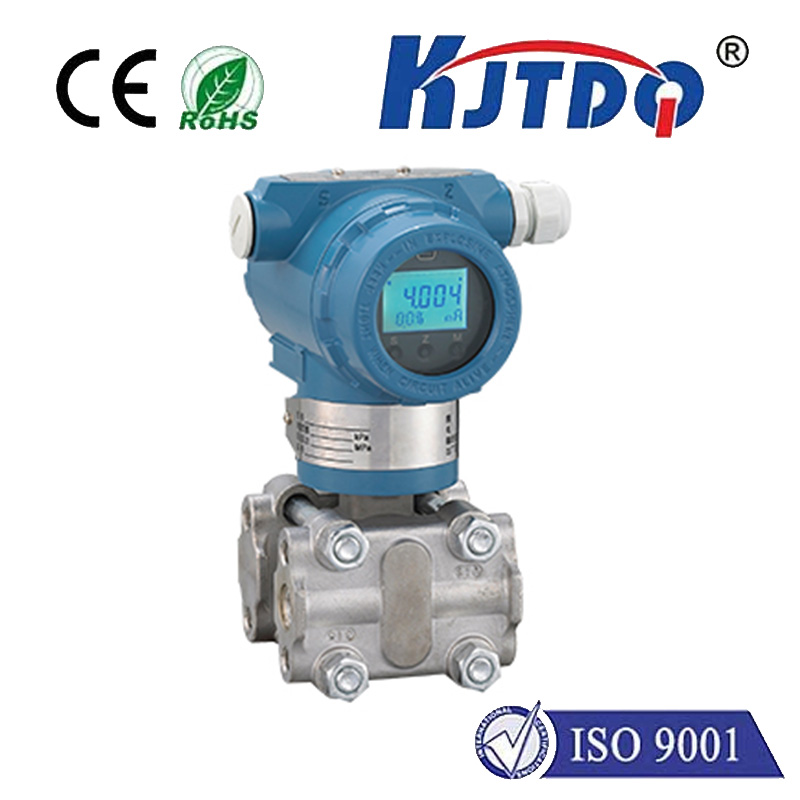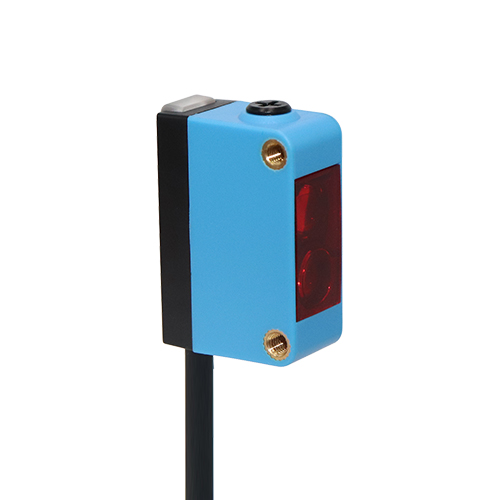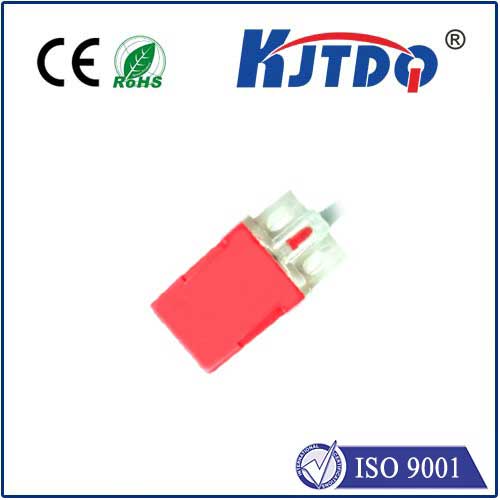

check

check

check

check

check

check

check

check

check

check
Understanding the Different Types of Limit Switches
Limit switches are essential components in automation and control systems. These devices serve as sensors that detect the presence or absence of mechanical motion, allowing for precise positioning and control of machinery and equipment. Understanding the different types of limit switches is crucial for selecting the appropriate one for a specific application. In this article, we will explore the various types of limit switches available on the market today.
1. Mechanical limit switches
Mechanical limit switches are the most basic type of limit switch. They consist of an actuator that physically moves to activate or deactivate the switch. These switches can be used in a wide range of applications, including conveyor systems, packaging machines, and material handling equipment. Mechanical limit switches are known for their simplicity, reliability, and durability.

2. Proximity switches
Proximity switches use electromagnetic fields to detect the presence or absence of a target object without making physical contact. These switches can detect metal objects, as well as non-metallic objects when equipped with special sensors. Proximity switches offer several advantages over mechanical switches, including increased sensitivity, faster response times, and reduced wear and tear due to the lack of physical contact.
3. Magnetic switches
Magnetic switches use magnets to sense the position of a target object. These switches typically consist of a magnet mounted on a movable part and a reed switch mounted on a stationary part. As the magnet moves closer to the reed switch, it triggers the switch to change its state. Magnetic switches are commonly used in security systems, door locks, and automotive applications.
4. Optical switches
Optical switches use light beams to detect the presence or absence of a target object. These switches consist of a transmitter that emits a light beam and a receiver that detects the beam when it is broken by the target object. Optical switches are highly accurate and can detect objects at distances of up to several meters. They are commonly used in industrial automation applications, such as assembly lines and quality control systems.
5. Ultrasonic switches
Ultrasonic switches use high-frequency sound waves to detect the presence or absence of a target object. These switches consist of a transducer that emits sound waves and a receiver that detects the echoes produced by the target object. Ultrasonic switches can detect objects at distances of up to several meters and are not affected by dust, fog, or other environmental factors that may interfere with optical or proximity switches. They are commonly used in applications such as robotics, material handling, and level measurement in tanks and silos.
In conclusion, understanding the different types of limit switches is essential for selecting the appropriate one for a specific application. By considering factors such as accuracy, speed, reliability, and environmental conditions, engineers and technicians can choose the best limit switch for their needs. Whether it's a simple mechanical switch or a more advanced ultrasonic switch, the right limit switch can help improve the efficiency and safety of industrial processes while minimizing downtime and maintenance costs.
